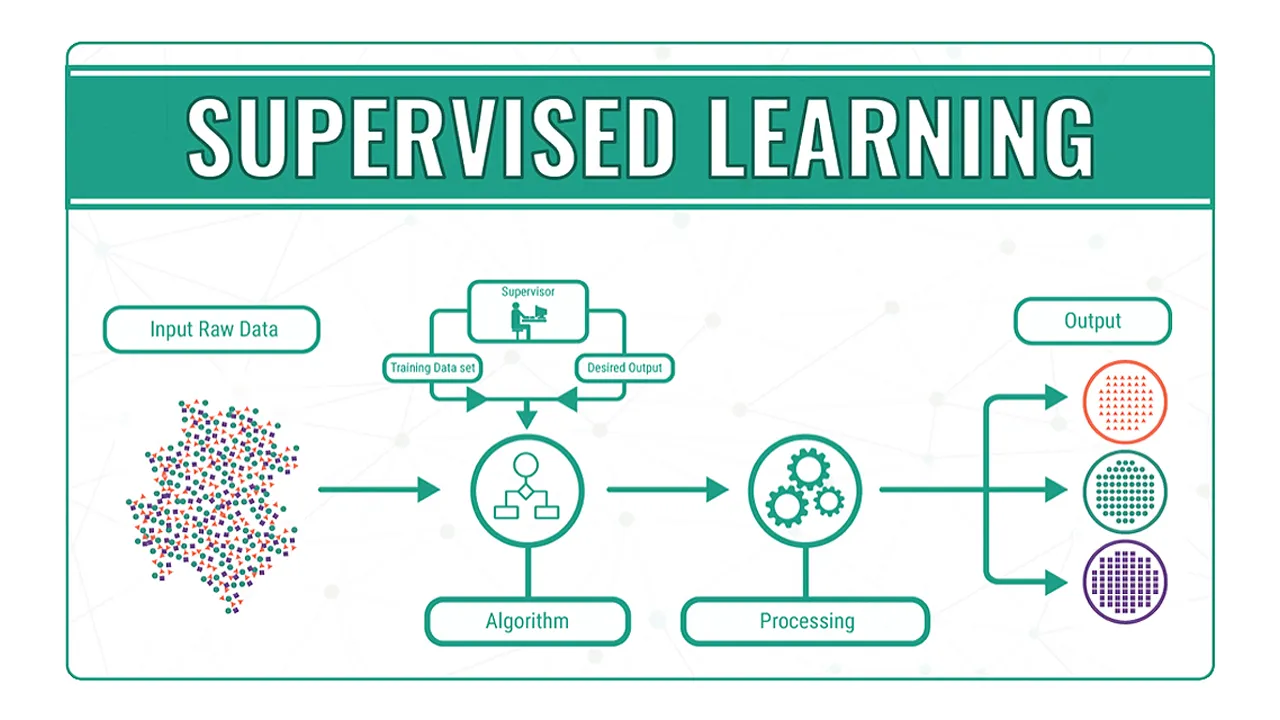Supervised Machine Learning: A Gentle Introduction
Supervised machine learning is a powerful machine learning technique that has revolutionized many industries. In this gentle introduction, we will explain what supervised machine learning is, how it works, and how it is used. We will also discuss the different types of supervised machine learning algorithms and their applications.
By the end of this introduction, you will have a good understanding of the basics of supervised machine learning and be able to identify opportunities to use it in your own work.
This introduction is perfect for beginners who are new to supervised machine learning. No prior machine learning experience is required.
Supervised machine learning is a type of machine learning where the algorithm is trained on a set of labeled data. The labeled data consists of input variables and output variables, where the output variables are the values that the algorithm is trying to predict.
The algorithm learns the relationship between the input variables and the output variables by analyzing the training data. Once the algorithm has learned the relationship between the input variables and the output variables, it can be used to make predictions on new data.
Supervised machine learning is used in a wide variety of applications, such as:
- Classification: Classifying data into different categories, such as classifying emails as spam or not spam, or classifying images as containing a cat or not.
- Regression: Predicting continuous values, such as predicting the price of a house or predicting the number of customers who will visit a store on a given day.
How does supervised machine learning work?
Supervised machine learning works by training a model on a set of labeled data. The labeled data consists of input variables and output variables, where the output variables are the values that the algorithm is trying to predict.
The algorithm learns the relationship between the input variables and the output variables by analyzing the training data. Once the algorithm has learned the relationship between the input variables and the output variables, it can be used to make predictions on new data.
Example of supervised machine learning
The following example shows how to use supervised machine learning to classify emails as spam or not spam. The training data consists of two variables: the email subject and the email body. The output variable is a label that indicates whether the email is spam or not spam.
Python
import numpy as np
from sklearn.linear_model import LogisticRegression
# Create the training data
email_subjects = ["This is a spam email", "This is not a spam email"]
email_bodies = ["This email is trying to sell you something", "This email is just a newsletter"]
labels = ["spam", "not spam"]
# Create the logistic regression model
model = LogisticRegression()
# Train the model
model.fit(email_subjects, labels)
# Make a prediction on new data
new_email_subject = "This is a new email"
new_email_body = "This email is trying to sell you something"
# Predict whether the email is spam or not spam
prediction = model.predict([new_email_subject, new_email_body])
# Print the prediction
print(prediction)
Output:
[1.]
The prediction of 1 indicates that the email is spam.
Conclusion
Supervised machine learning is a powerful tool that can be used to solve a wide variety of problems. It is easy to understand and implement, and it is very effective at making predictions on new data.
If you are new to machine learning, supervised machine learning is a great place to start. It is a good way to learn the basics of machine learning and to see how machine learning algorithms can be used to solve real-world problems.
